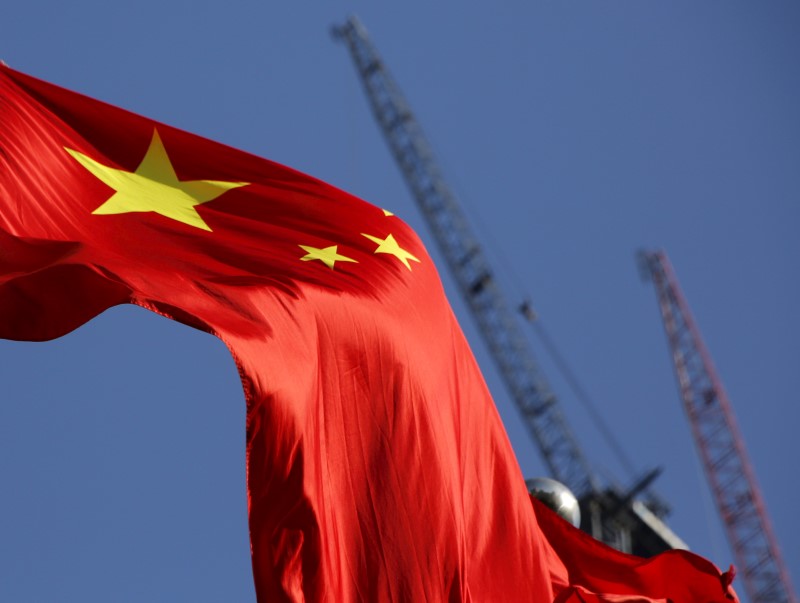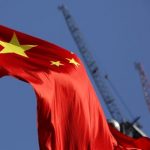
Exports from the world’s second-largest economy expanded by 2.4% versus the year-ago period last month, far below estimates of 6% and easing from 8.7% in August. It was the slowest pace in five months.
Imports also ticked up by 0.3%, cooler than projections of 0.9%. The figure in particular points to potential weakness in future re-exports, a key portion of China’s total exports.
The data also suggested that manufacturers are cutting prices in a bid to offload inventory prior to possible tariffs on China from several key trading partners.
Momentum in exports had been one bright spot in otherwise sluggish Chinese economy that has grappled with tepid consumer spending and a faltering real estate market.
In a note to clients, the Citi analysts noted that there could be some one-off disturbances to exports from extreme weather conditions and a US port workers strike.
“[W]e reckon that China’s exports growth might have reached its peak in the previous months. Trade policy could become even more uncertain ahead,” they wrote.
A slackening in exports, however, could be inducive for more stimulus from the Chinese government, the analysts argued.
China has been grappling with about two years of sluggish economic growth, although Beijing has rolled out a slew of recent stimulus measures aimed at helping the country meet its 5% annual gross domestic product target in 2024.
Over the weekend, China’s Ministry of Finance outlined plans for even more aid, including local government bond issuances, increased fiscal spending and some supportive measures for the property market.
But investors were underwhelmed by a lack of explicit measures to support personal consumption. Recent data has also showed a sustained deflationary trend in the country.
The Ministry of Finance also did not provide any details on how and when the planned fiscal measures will be implemented, raising more uncertainty.
“Policy remains the most important thing to watch,” the Citi analysts said.
(Reuters contributed reporting.)
To read the full article, Click Here

